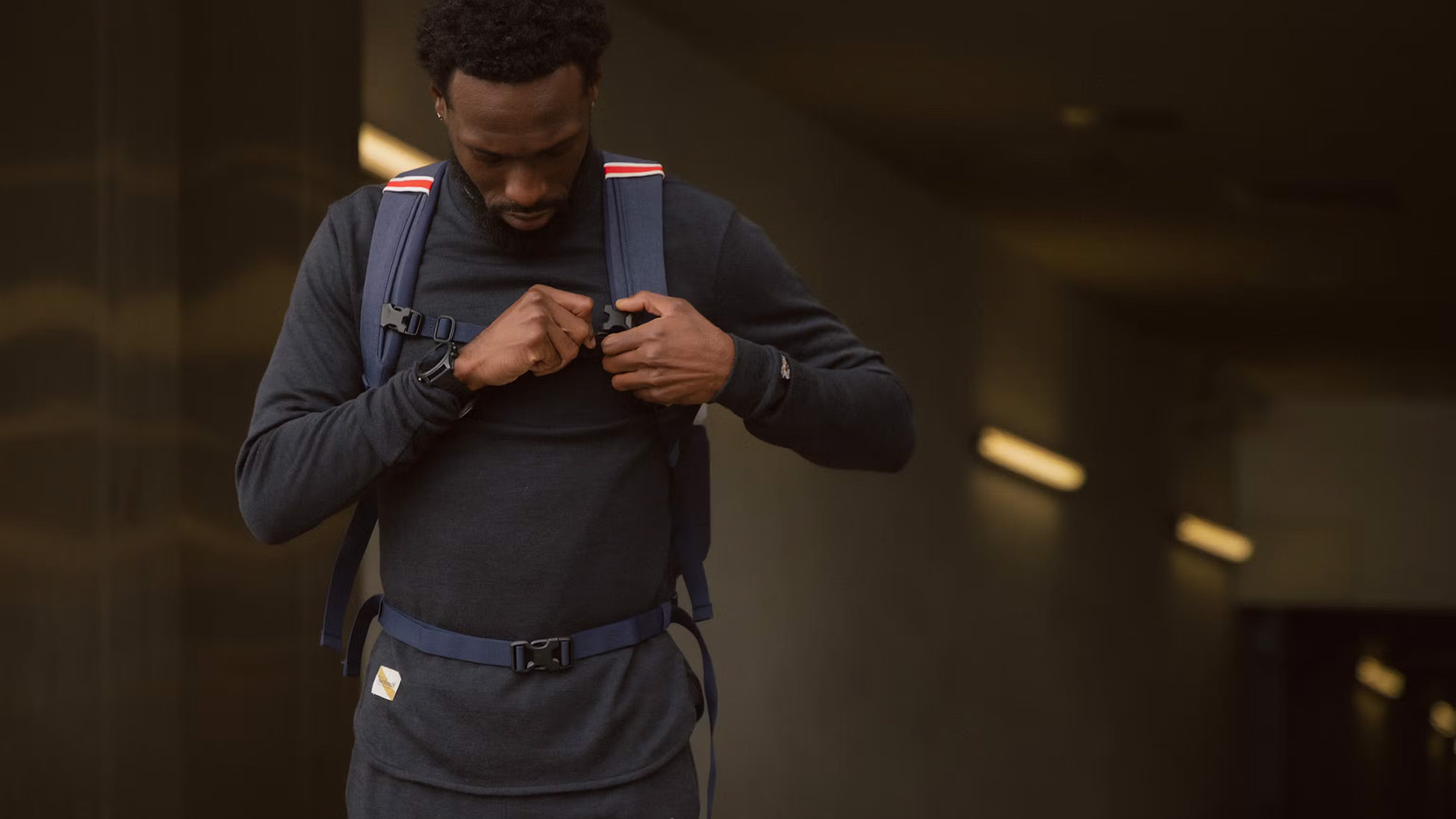
As the days get longer and the weather warmer, you'll see more and more runners on the streets and trails. Some of these runners wear backpacks, which might make you wish you had one.
However, If you're new to the topic, you'd better read the most common mistakes everyone makes with running backpacks to avoid disappointment later. Even the best running backpacks won't do a thing if it's not suited for the type of runs you do.
While we're at it, here are 8 mistakes everyone makes with running watches. It's a must-read if you're planning on upgrading your wrist wearable anytime soon.
1. Size matters
Selecting a backpack that doesn't fit properly can lead to discomfort and chafing during runs. Ensure the backpack is the right size for your torso length and adjustable for a snug fit. Consider what you'd want to use the backpack for, whether it's commuting or trail running, assess your gear, and select the backpack accordingly.
2. Stuff it
Do you need that extra pair of running shoes or three pairs of running compression socks? Carrying too much weight or unnecessary items in the backpack can slow you down and make you more tired. Pack only essential items for your run and avoid overloading the backpack.

3. Balancing act
Unevenly distributed weight can cause the backpack to bounce or shift while running, leading to discomfort and instability – not to mention chafing! Pack heavier items closer to your back and distribute weight evenly to maintain balance. Look for packs designed for the specific purpose you want to use them for. For example, commuting bags have laptop compartments close to the back panel, while trail running packs have hydration pockets at the front.
4. Strapped down
Failing to adjust and secure straps properly can cause the backpack to move around or rub against your body, causing irritation. Take the time to adjust shoulder, chest, and hip straps to ensure a secure and stable fit. Some backpacks come with detachable straps, which can be beneficial and reduce unnecessary rubbing.
5. Airing is caring
Running backpacks that lack adequate ventilation can lead to excessive sweating and discomfort, especially during long runs or in hot weather. Choose a backpack with breathable materials and mesh panels to promote airflow and reduce moisture buildup. Waterproof bags are often less breathable, although not always.

6. Watering hole
Forgetting to hydrate during runs or choosing a backpack without a hydration system can lead to dehydration and decreased performance. To stay hydrated on the go, opt for a backpack with hydration reservoir compatibility or external water bottle pockets. That said, not all runs require full hydration bladders. If you mostly do 5-10Ks, carrying around a 10L bladder might be overkill. See tip number two above.
7. Raceday trials
Trying out a new running backpack for the first time during a race or long run can be risky. Always test the backpack on shorter runs to ensure it fits well, stays comfortable, and meets your needs before using it for longer distances or races. Most importantly, consider whether you need a running backpack in the first place for the particular race you're doing.







